
New Jersey, United States New Jersey, United States The Sciatica Treatment Market research helps newcomers to collect accurate market data and interacts with customers to learn...
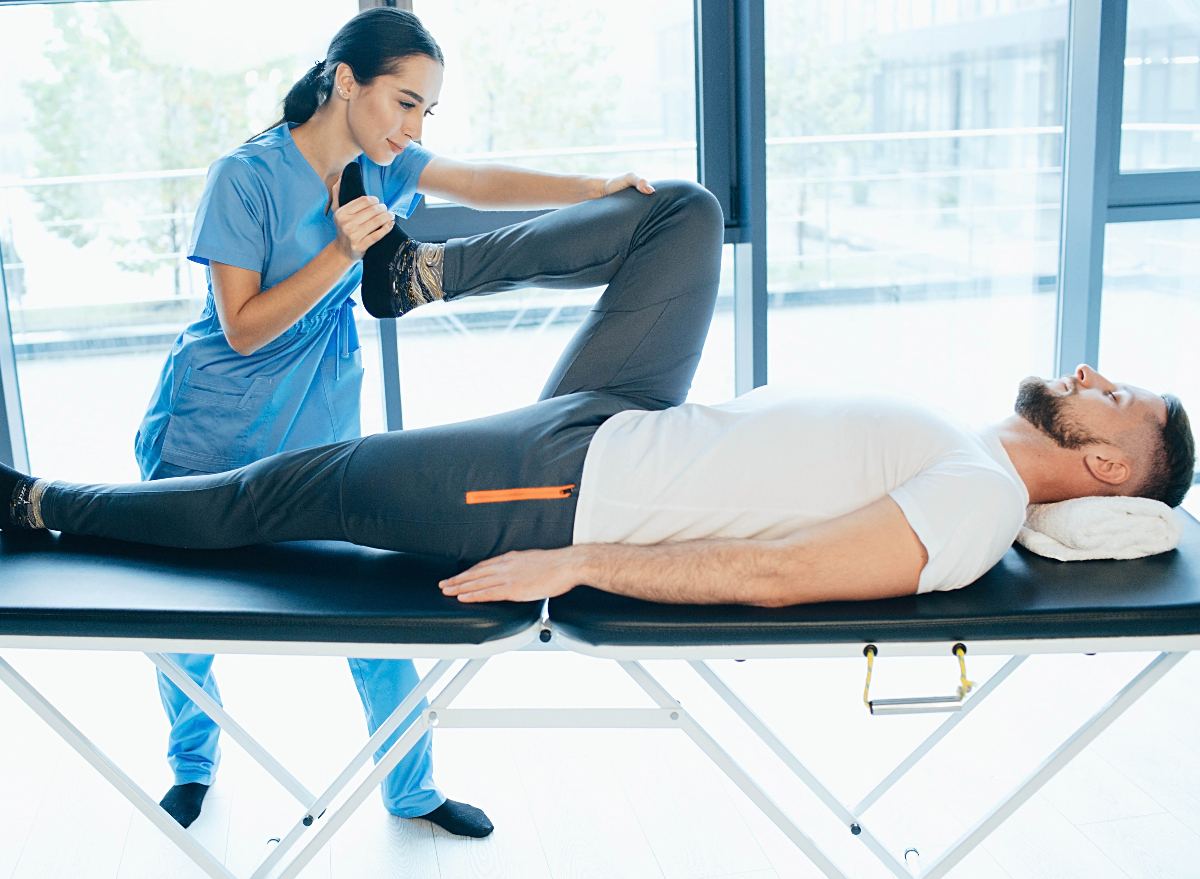

If you’ve ever suffered from sciatica pain, you’re aware of how debilitating the condition can become. We’re here to help you. have spoken to the Dr....
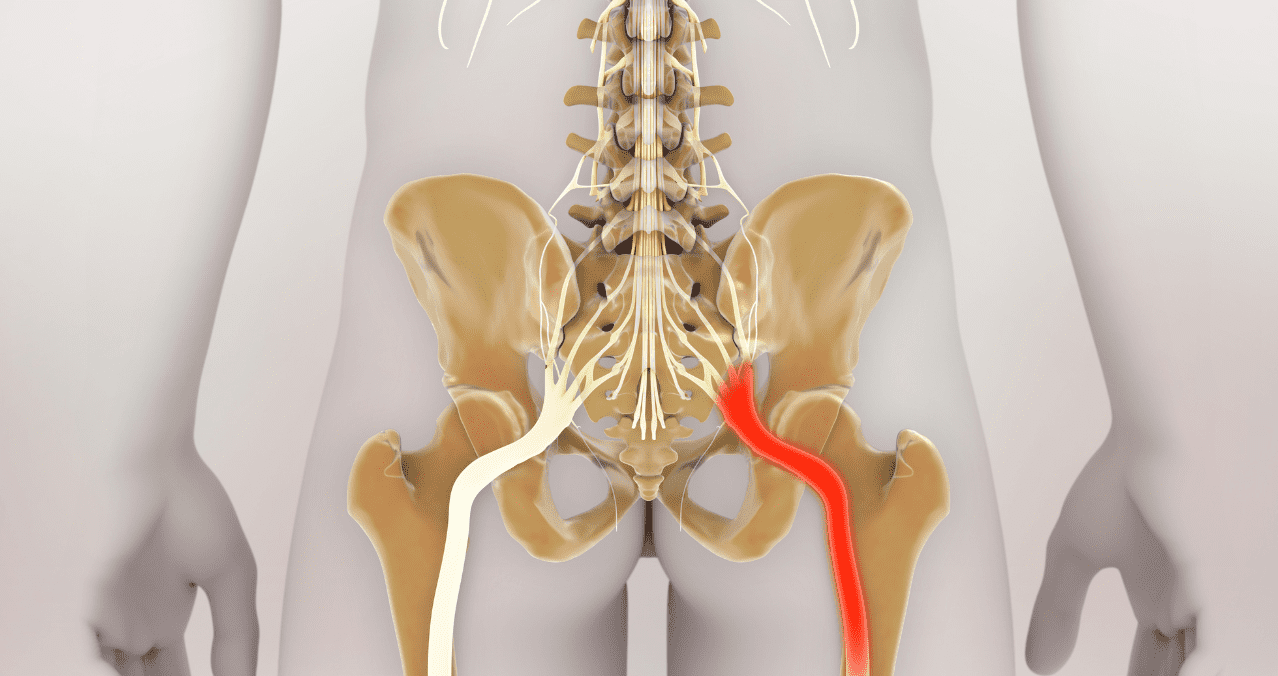
Osteoarthritis is the main reason for hip pain in the adult population. The study involved patients being treated with THA who were screened. Photo: Shutterstock. A...
Nerve pain can be the most challenging form of physical sensations to explain. The compression of nerves can have many descriptions: searing, “zinging,” or irritable feelings...
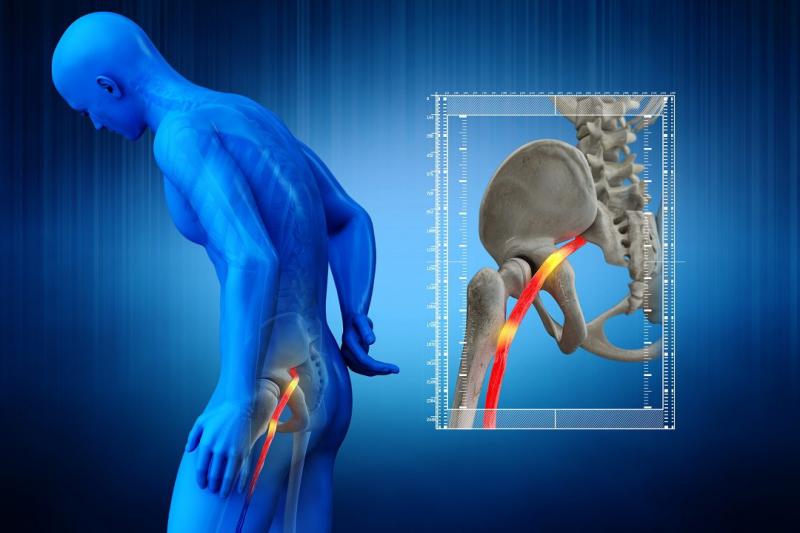

Sciatica Market Synopsis of the Report A new report entitled Sciatica Market 2022, published by The Coherent Market Insights, offers details on global and regional markets...
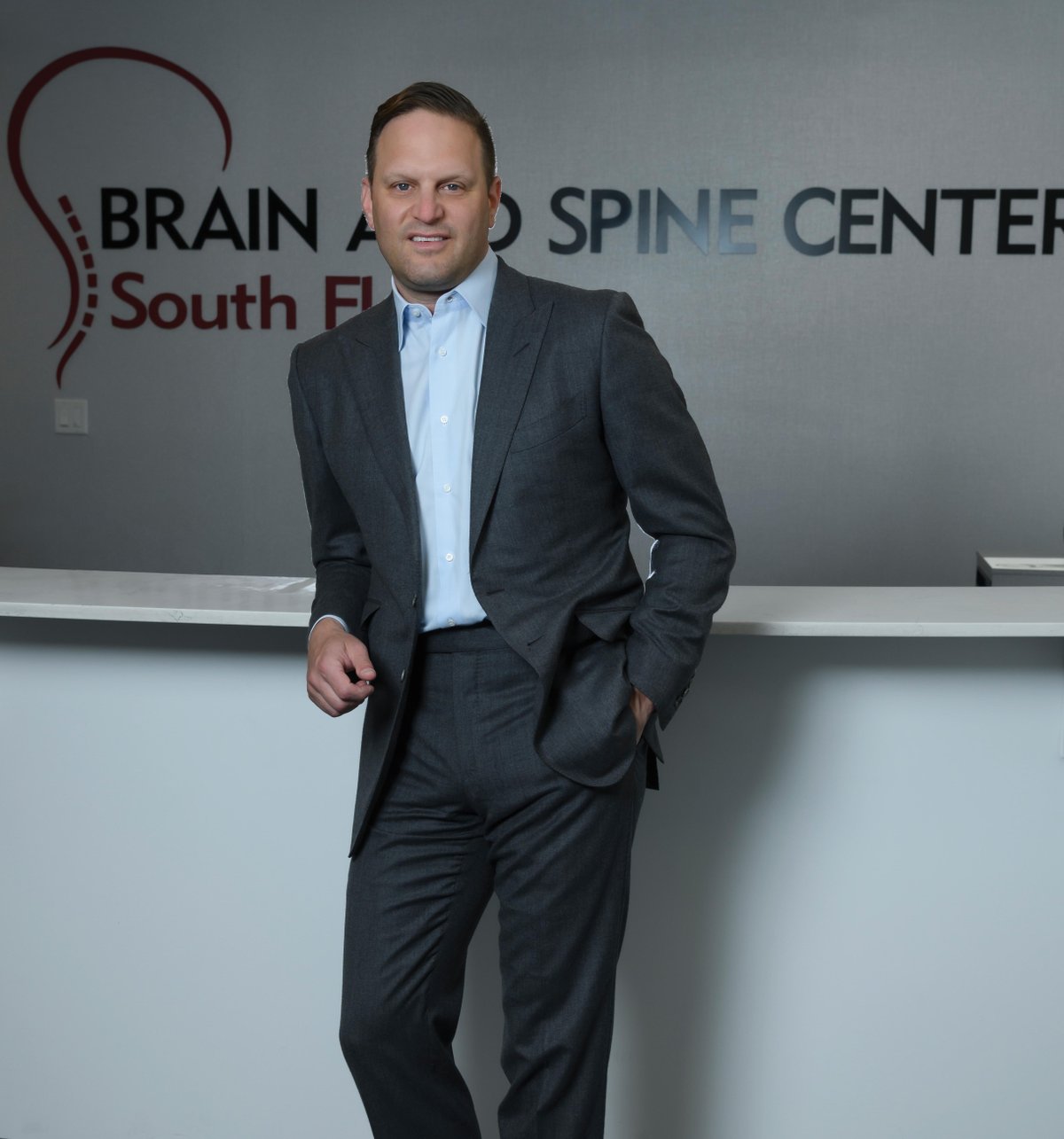

Specialization: Neurological Surgery Particularties:Spinal Stenosis, Disc Bulges and Herniations The Neck and Back Pain The Spinal Compression Fractures Sciatica Memberships Diplomate American Board of Neurological Surgery;...
Global Sciatica Market is estimated at around USD billion in 2021. The market is projected to expand at a steady growth rate of over 9.5 percent...
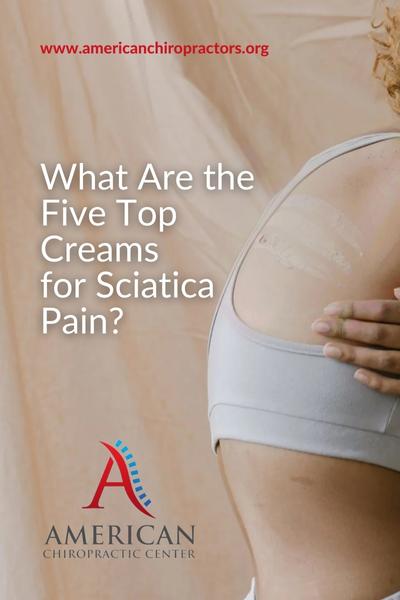

Best Medicine For Sciatica Pain If you suffer from sciatica pain, you need a lotion that effectively relieves the symptoms and suffering. On the market, there...
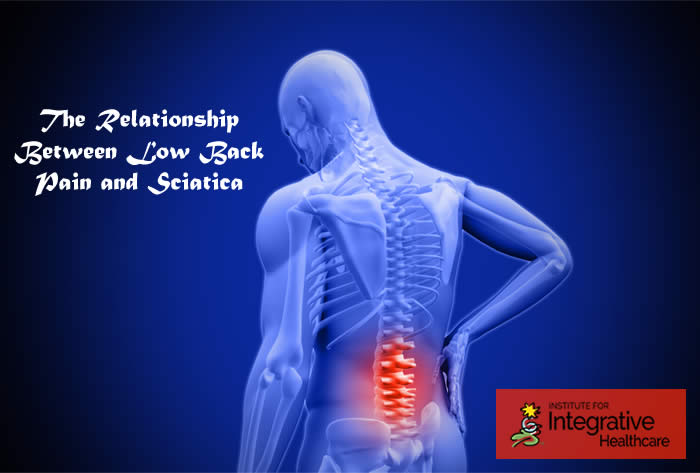

This article will focus on the link with low back tension and sciatica and look at ways to help clients suffering from both painful conditions. To...
Sciatica is a painful condition caused by injury, irritation muscle strain, overuse or compressing the vertebrae of lower, or sciatic nerve. The pain begins in at...